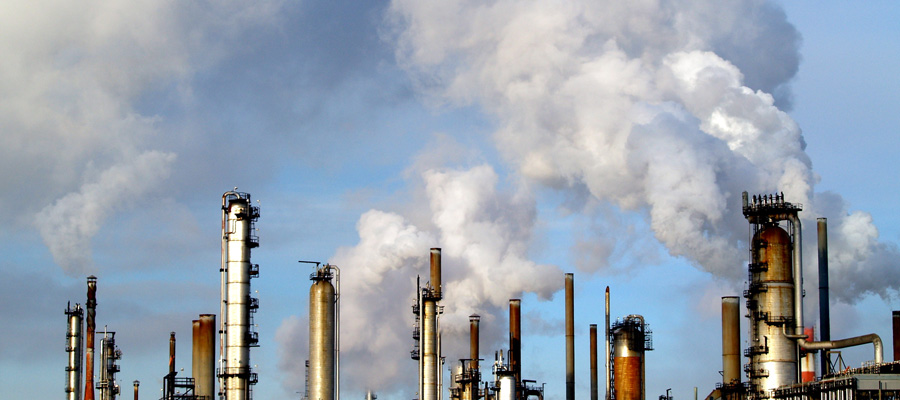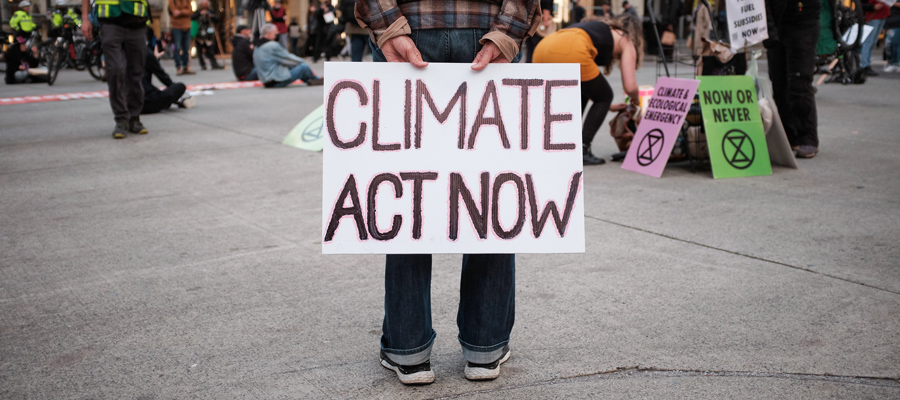Canada’s Carbon Conundrum and the Difficult Path Forward

Since the first oil well was drilled in 1859 humans have been on a roll. Global population has increased more than six-fold and energy use per capita has grown more than nine-fold. Accompanying this explosive growth in energy use was unprecedented economic expansion—since 1965 global GDP has grown 6.8-fold and per capita GDP has increased 2.9 times adjusted for inflation.
Unfortunately, there is no free lunch.
Since the first oil well was drilled, anthropogenic emissions have grown 116-fold and more than 13-fold per capita. Half of all greenhouse gas emissions have been emitted since 1991 and half of the fossil fuels burnt since 1850 have been burned since 1993.
The halfway point in cumulative emissions from fossil fuel burning depends on the level of development of individual countries and their rate of growth: Canada’s halfway point was in 1989; the US in 1981; the UK in 1950; and China, where consumption is skyrocketing, in 2007.
Despite China’s rapid growth, however, its per capita rate of emissions was just slightly over the world average in 2019, compared to three times the world average for Canada and the US (the UK was at the world average).
Climate scientists have underscored the danger of global warming due to greenhouse gas emissions and the need to eliminate emissions as soon as possible. The Paris Agreement, signed in 2016 by 197 countries including Canada, pledged to control emissions to contain global warming to at most two degrees above pre-industrial levels. Canada committed to a 40-per-cent reduction by 2030 and has introduced Bill C-12 pledging to reduce emissions to “net-zero” by 2050.
Climate scientists have underscored the danger of global warming due to greenhouse gas emissions.
High-emitting countries like Canada and the US clearly have the most room for cutting emissions. Despite signing the Paris Agreement, Canada’s emissions have grown by 3.3 per cent since 2016, the highest of any G-7 country. Although the US also increased emissions by 0.6 per cent, the other five G-7 countries reduced emissions by between 4.4 and 10.8 per cent.
In 2019, the most-recent year for which emissions data are available, oil and gas production accounted for 26 per cent of Canada’s total emissions. In the Canada Energy Regulator’s (CER) most conservative forecast (which assumes new policies to address climate change and improvements in emissions reduction from the oil sands), growth in oil and gas production to 2050 would cause the oil and gas sector alone to exceed an 80 per cent emissions reduction target in 2050 by 32 per cent.
Clearly the CER forecast is incompatible with meeting Canada’s emissions reduction targets. Yet Canada is using taxpayer funds to build the Trans Mountain pipeline expansion project (TMX) to facilitate additional oil and gas production growth. This is completely at odds with its emissions reduction commitments.
Canada’s investment in TMX is even more incomprehensible given the fact there is sufficient existing export pipeline capacity with the CER production forecast.
In BC, both the Canadian and BC governments are subsidizing LNG exports which will require increased gas production. CER’s most-conservative production forecast for BC would exceed BC’s CleanBC emissions target by 93 per cent in 2050. This includes emissions from the production of gas required for LNG exports and assumes a 45-per-cent reduction in fugitive methane by 2025 and electrification of production facilities. If emissions from the liquefaction terminals are included the picture is even worse.
Despite signing the Paris Agreement, Canada’s emissions have grown by 3.3 per cent since 2016, the highest of any G-7 country.
Government enthusiasm for increasing oil and gas production must also face the realities of falling revenue from the industry. Despite increasing production, royalty revenue has declined 45 per cent since 2000. Tax revenue from the oil and gas industry has declined from more than 14 per cent of total industry taxes in 2006 to less than four per cent in 2018. Jobs, which peaked in 2014, have declined by 23 per cent due to increased automation even though production is at an all-time high.
If Canada’s commitments to emissions reduction are to be more than empty promises our government must face the fact that production will have to decline radically and that its policies to expand pipelines, production and exports are completely counterproductive to achieving its climate commitments.
Topics: Climate change & energy policy


